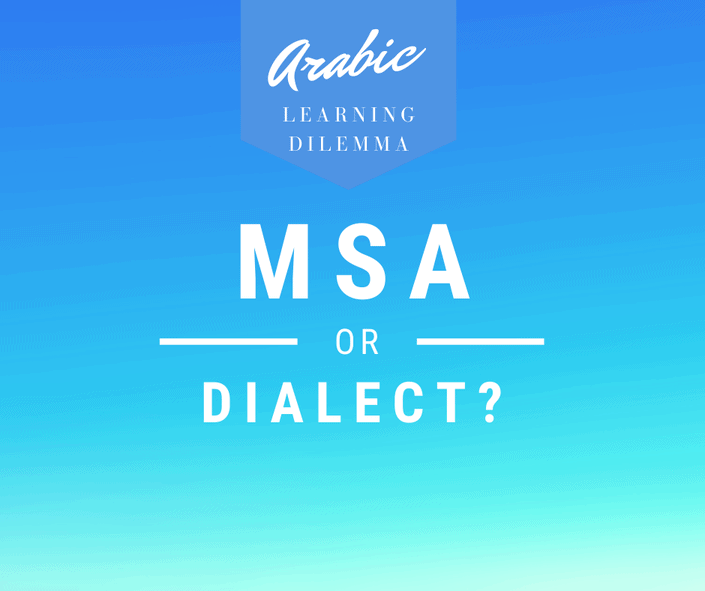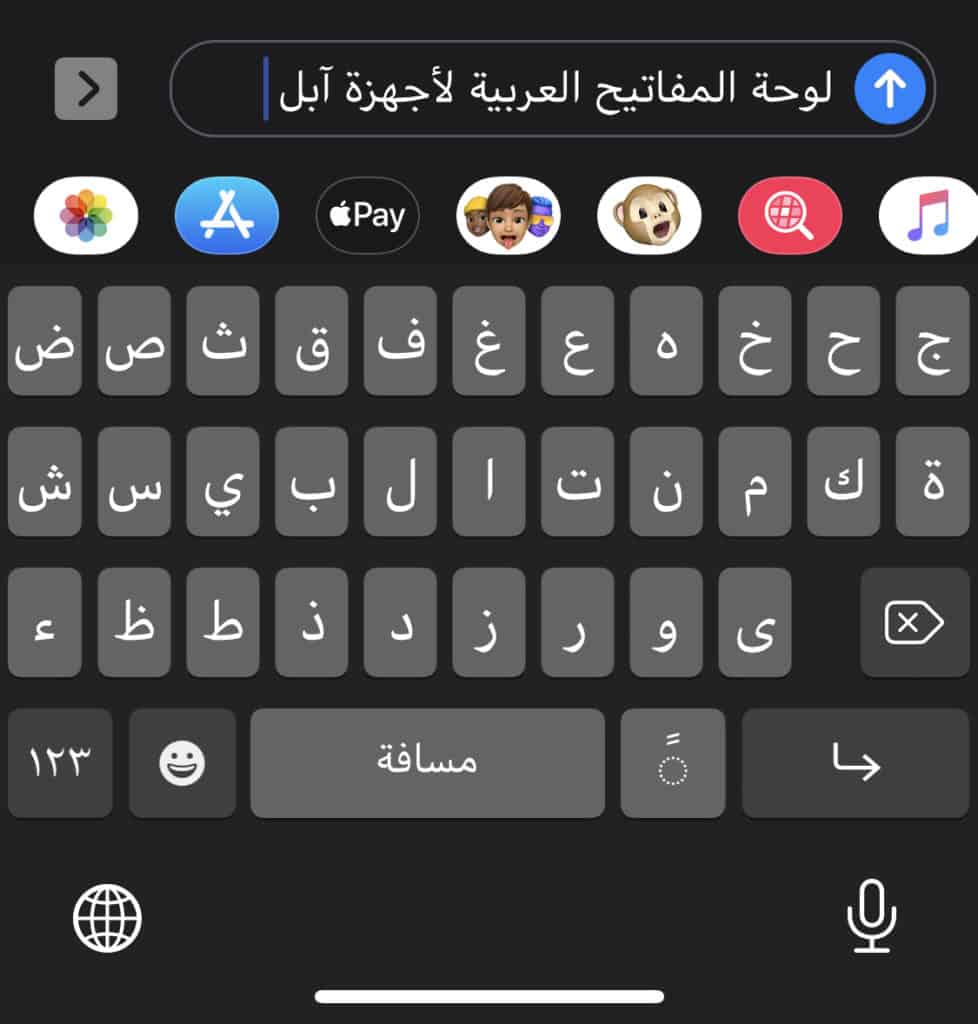Learning Gulf Arabic is an incredibly rewarding experience. It is a language that is rich in culture, history, and literature, and it is a great way to communicate with people from the Gulf region. It is also an important language to learn if you want to be able to understand and appreciate the culture of the region. There are a number of different ways to go about learning Gulf Arabic, and each has its own advantages and disadvantages.
Table of Contents
1. Taking Classes
One of the most popular ways to learn Gulf Arabic is by taking classes. There are many different classes available, ranging from beginner to advanced. Classes can be taken in person or online, and there are a variety of different formats to choose from. Taking classes can be a great way to get started, as it provides a structured approach to learning the language. It also allows you to interact with other students and receive feedback from an instructor. The downside is that classes can be expensive and time-consuming.
2. Self-Study
Another popular way to learn Gulf Arabic is through self-study. This involves using books, websites, and other resources to learn the language on your own. Self-study can be a great way to learn at your own pace and in your own time. It also allows you to tailor your learning to your own needs and interests. The downside is that it can be difficult to stay motivated and it can be difficult to find good quality resources.
3. Immersion
Immersion is another popular way to learn Gulf Arabic. This involves spending time in the Gulf region and immersing yourself in the language and culture. This is a great way to learn the language quickly and effectively, as it allows you to learn from native speakers and to experience the culture firsthand. The downside is that it can be expensive and time-consuming.
4. Apps and Online Resources
In recent years, there have been a number of apps and online resources developed to help people learn Gulf Arabic. These resources can be a great way to learn the language quickly and easily. They often provide interactive exercises and games to help with learning, as well as audio and video recordings of native speakers. The downside is that these resources can be expensive and may not be as comprehensive as other methods.
Conclusion
Learning Gulf Arabic is an incredibly rewarding experience. It is a language that is rich in culture, history, and literature, and it is a great way to communicate with people from the Gulf region. There are a number of different ways to go about learning Gulf Arabic, and each has its own advantages and disadvantages. No matter which method you choose, the important thing is to stay motivated and to practice regularly. With dedication and effort, you can learn Gulf Arabic and become a proficient speaker of the language.





